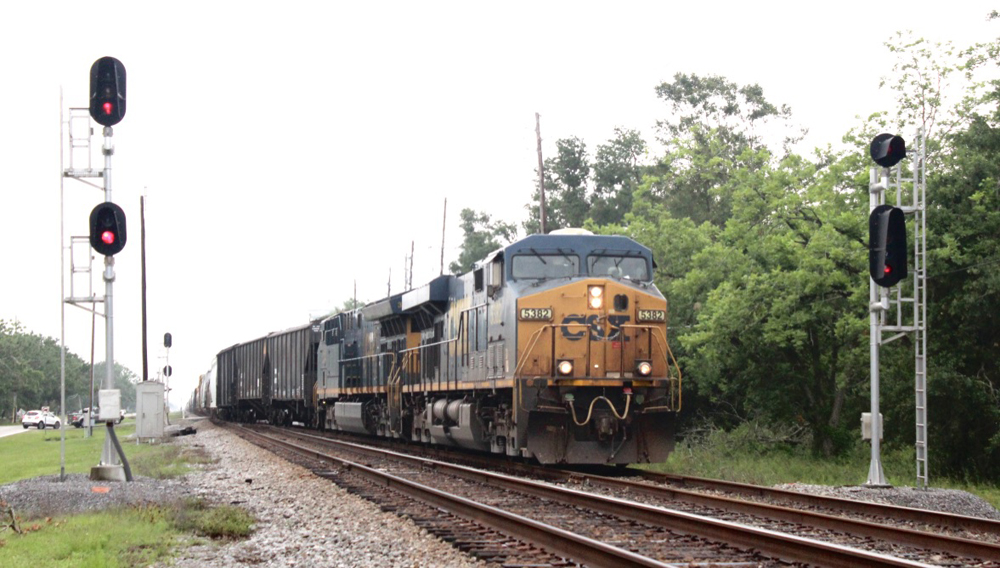
WASHINGTON — In filings that maintain if not elevate the level of acrimony between the two sides, CSX and Norfolk Southern have attacked almost every aspect of Amtrak’s response to their initial argument in the dispute over Gulf Coast passenger service that is before the Surface Transportation Board.
The main document filed by the two railroads on Dec. 23, a 194-page rebuttal to Amtrak’s “reply evidence” filing of Dec. 3, is peppered with terms like “case study in overreach,” “glaring failure,” “replete with mistakes, exaggerations, and misunderstandings,” and “serious misrepresentation” to characterize Amtrak’s arguments. At one point, it devotes more than three pages to arguing against Amtrak’s definition of “unreasonable” in the phrase “unreasonable impairment” that passenger trains could cause for freight service.
Ultimately, it argues that the RTC traffic modeling study used by CSX and NS is sound, contrary to Amtrak’s claims, and that the modeling supports the railroads’ initial filing that the two passenger trains a day between New Orleans and Mobile, Ala., would have a dramatic negative impact on freight service [see “CSX, NS say Gulf Coast passenger service would ‘devastate’ freight operations,” Trains News Wire, Nov. 4, 2021].
“The 2021 Gulf Coast RTC Model shows that Amtrak’s proposed new service would cause significant impairment to freight transportation in the Gulf Coast region,” the filing concludes, “absent conditions requiring Amtrak to build adequate infrastructure to support its new service. [The legislation governing the case] does not permit Amtrak to force freight railroads to accept new passenger trains that will unreasonably impair freight service, and thus Amtrak’s application must be denied.”
In a second document, the two railroads ask the board to block Amtrak’s request to refile its Dec. 3 document without confidential material that was redacted from the original public version. Amtrak argued that the information regarding train counts, track drawings, and other operating data is publicly observable. The railroads claim “this train data is voluminous and detailed, such that no lay observer could ever hope to collect it through in-person track observation,” and that it is competitively sensitive for the railroads and shippers.






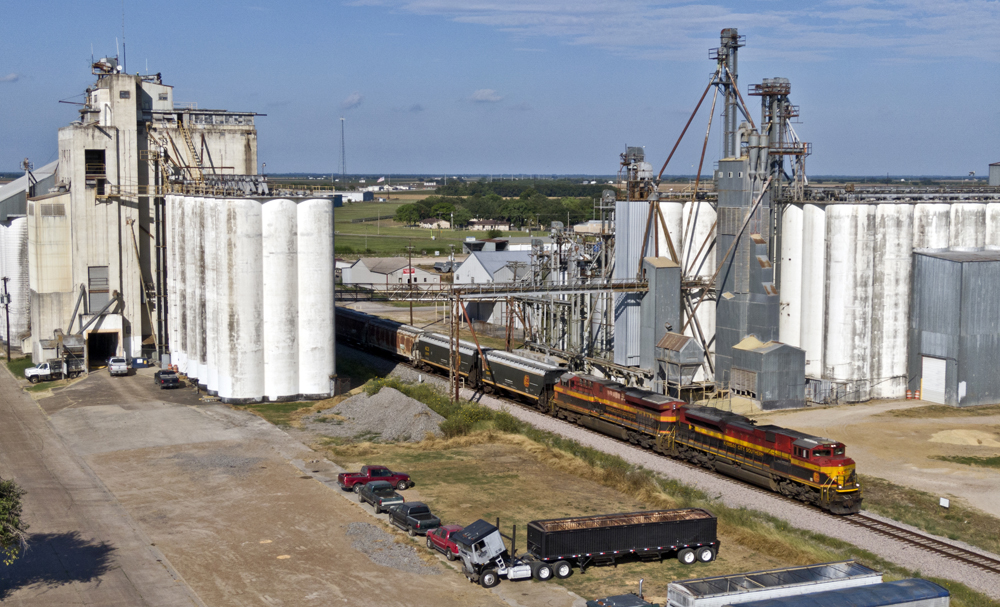
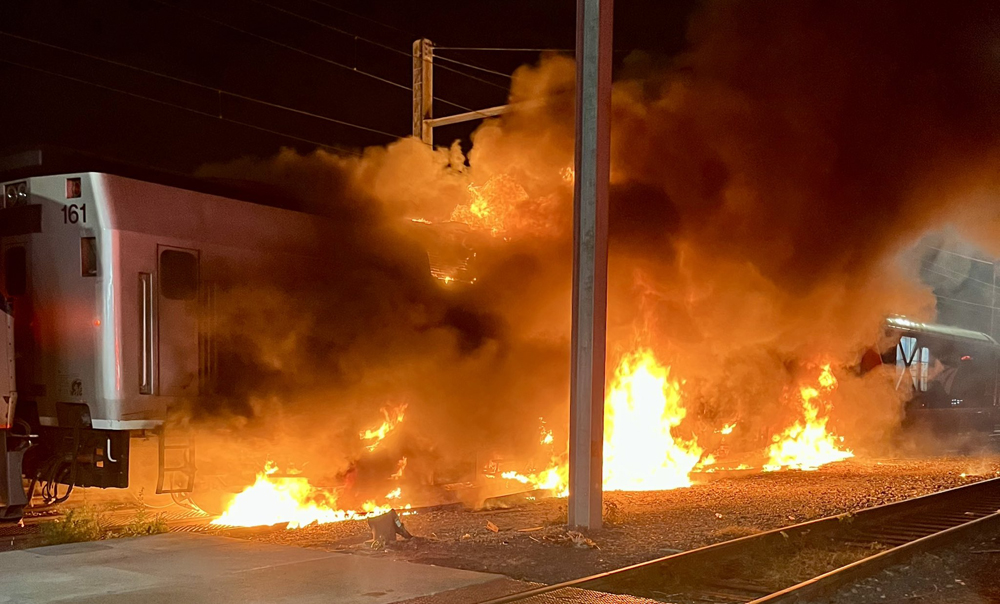
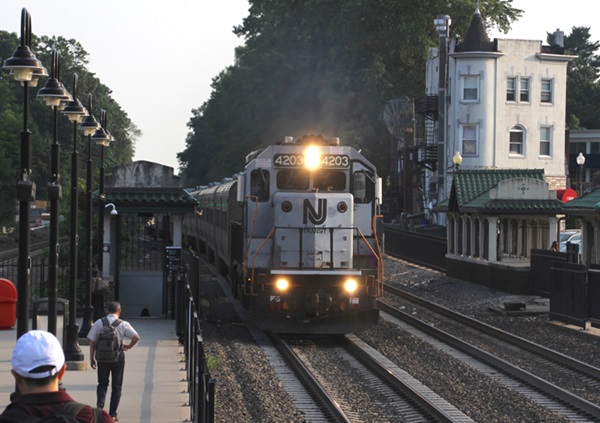

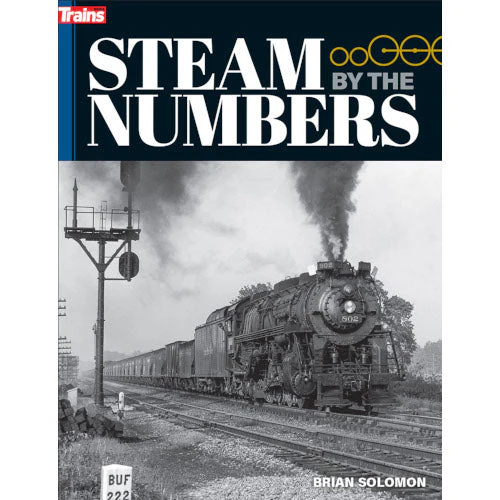


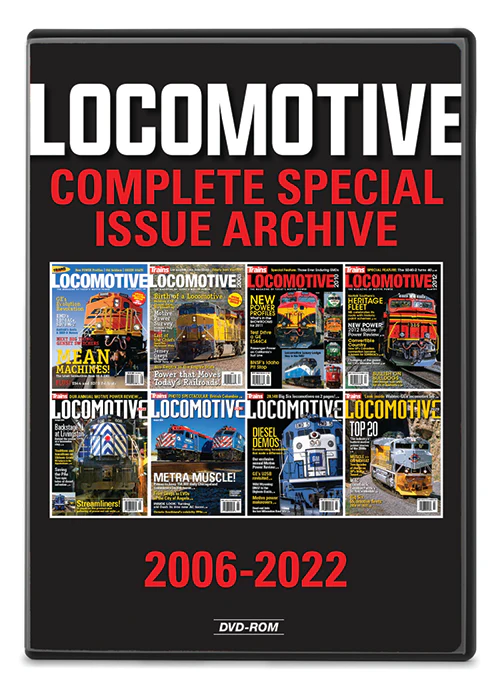
Charles, thanks for the serious look at my post. Unfortunately I wish your comment would be about the totality of my comment.
As you point out correctly, Private and Public are not the same.
You do concur with my point, by saying public regulation.
My second mention of, “public”, was GENERAL PUBLIC. That is, even though the RR is privately owned there is….US, citizens, that need to be considered, thus regulation.
Darn, my whole point originally had nothing to do with private verses public, but RR’s serving the need of the general public.
See article these comments follow.
PSR has always been a misnomer that is intended to make it sound better than what it should be called. A more appropriate name is EDR – economically dispatched railroading. Trains are built to huge lengths regardless of shippers time requirements because huge trains cost less to run then shorter trains. Thus sidings on Gulf Coast route are functionally obsolete. Thus the CSX and NS argument requiring longer sidings is that they have no place to park huge trains to let passenger trains to pass. The Alabama Port Authority jumping in to request Amtrak build a flyover shows the insufficient track structure to handle huge trains and grow traffic.
Sure doesn’t say much for Precision Scheduling.
Buses are less reliable because they are susceptible to traffic jams. Trains have dispatchers which can control the flow, we hope.
If the government (Amtrak) wants to run the trains, let it build the railroad. From R-O-W purchase (No Condemnation…) on up.
Exactly how do you think those rail lines got built in the first place for the most part?
The Government should nationalize the network, and let the freight lines lease them at a premium. This slim-and-ugly, lack of maintenance and retention of not-in-use lines to maintain dividends is bravo sierra. Let these cheap companies live lean and make the ROWs and other infrastructure current and robust.
Ronald: True enough what you said. “Dem’ is da facts”
On the other hand, I think about the “thought”………..When a decision is made, WHO will benefit?
In this case STB is a regulatory body that is supposed to hold in check this utility albeit it is owned by stockholders. This utility enjoys benefits ( STB dictated ((protection))) but also should have responsibilities ( again SBT dictated for us taxpayers).
Even though “short sided” RR decisions abandoned track (Why? = Who gains? Stockholders of course)
So what Ronald says is “dead-on”……”cut back to the point of inefficiency”. Since the RR’s are publicly owned (stockholders) they should be more responsible to the General Public also. That thought can’t be left w/o pointing out the unfairness RR’s suffer as they have to pay for MOW repair. While airlines/barges have Corps of Engineers helping out a lot and ATC/runways are not DIRECTLY paid by airlines.
MIKE I have to call out your post. The second sentence of your last paragraph uses the word “public” twice as if they mean the same sort of thing in each case. In fact they are polar opposites. A PUBLICLY OWNED corporation means it’s PRIVATE. Not pubic.
Railroads are publicly regulated (including both land grant railroads and otherwise) but they are private property.
David, the reality is that back when passenger trains went everywhere there was a LOT more infrastructure – multiple main tracks, sidings, stations and yards. Since then, railroads, in an effort to reduce expenses such as maintenance and taxes, have merged, then abandoned and ripped out tracks, stations etc. Profit/dividend demands by shareholders have forced railroads to cut back to the point of inefficiency. I guarantee that many, if not all wish they had some of that abandoned mileage back.
If we can run Amtrak west then we can run Amtrak east, just as busy, go back to basic, run passenger trains with freight, the railroads did it for many years and made a lot of money doing so, period. The only reason why railroads got out of passenger travel is they saw more money into freight and the railroads just let the government deal with it, we must have train and planes and buses for transportation in this country for all, period. Our country need these options. The railroads are making money now, lots, and they just do not want Amtrak hands in the cookie jar.
This can be done for both Amtrak and freight and for all people, period.
Sounds like Amtrak is using a variation of “When you’re a hammer, everything else looks like a nail.” Amtrak version is “we must run trains because we run trains.” IMO, in this instance at least, sounds like using buses on this route makes more business sense.
The people want it, the states that make up the SRC want it and they’ve ponied up the money for it…therefore it’s trains and not a bus.
“and that the modeling supports the railroads’ initial filing that the two passenger trains a day between New Orleans and Mobile, Ala., would have a dramatic negative impact on freight service.” What’s the modeling show if two freights were added? CSX and NS are painting themselves in a corner and they shouldn’t be surprised when the ruling comes down.
Passenger trains operate faster obviously… Speed eats capacity.. If more freight were added they would not be operating at faster speeds…
On the highway everything operates at about the same speed—pups, vans, reefers, flatbeds, tankers, wood chip trailers, log trucks, linehaul, P&D, OTR, etc. Oh, and cars. There’s a lesson in that.
Maybe Amtrak should initiate a Thruway bus service via I-10 on the 144 mile route between New Orleans and Mobile that would like offer shorter trip times than rail at ~ 2 hours 20 minutes according to Greyhound. Start up expense would be minimal to see if there’s sufficient demand to justify running a pair of daily Amtrak trains. However, currently Flixbus, Greyhound, & Megabus appear to operate 6 daily bus trips between 6 AM and 9 PM – doesn’t sound to me like there’s a compelling business case for Amtrak on this route, though.
JOHN BARLOW —- I’m one of those many people who loves trains and look down their nose at buses. There are a number of reasons for this. One is that fixed rail transit can be easier to navigate and plan a trip compared to a bus. Another is the fact, or the perception, that train stations are more amenable than bus shelters. Let’s look at the reality: buses can work. There is no fixed rail service between populous Waukesha County and Milwaukee County, nor will there ever be. (There has never been a serious proposal.) But there is a very good bus service Monday through Friday. Buses leave from the Waukesha Park-Ride (in the Town of Brookfield, home to both me and Kalmbach Publishing) and connect to several important Milwaukee destinations like Marquette University and the Amtrak station. There is also a bus route that I believe runs every day from Waukesha to the Milwaukee Airport, O’Hare and Midway, with intermediate stops. Both bus routes are heavily subsidized by Wisconsin DOT. Seats are equivalent to Amtrak and there is a toilet.
Railfans my age are too proud and stubborn to throw in the towel and admit that buses can have an advantage over trains. How about the generations to follow us? Or the ethnic Chinese who conjured up cheap buses as an alternative to expensive trains in the Northeast.
You mention the bus runs Monday – Friday, what happens on Saturday and Sunday, no one gets to go between those two destinations except in their own car? Buses are crap and should only be used for charter services, especially in light of the issues with emissions, unless those busses are hybrids, hydrogen based or electric.
It’s time the railroads are put in their place, saying that you can’t see the volume of traffic from just visual observation is complete BS. I can monitor a route for 24/7 for one week and know what the volume of trains are and the hours that they run(since the RR’s claim PSR is “scheduled” the trains should run at relatively the same time every day). You don’t need a fancy model to figure out that, besides the fact a passenger train can move much faster than a freight train as well as needing less room to go around the gargantuan freights of today.
I would never, ever have anything to do with such a dis-service. Maybe several decades ago when I was in college – and I didn’t like long bus rides then. This is not about running a bus service between these 2 cities, but rather about restoring a service that should not have been gone for so long.
Those of us old enough to remember the declining years of the Soviet Union remember the term “proxy war” — that fighting would break out in some irrelevant corner of the world between two local forces because the big boy America backed one side and the bully USSR backed the other side.
What we have going on down there is the Gulf is a proxy war. It isn’t about the CSX route itself, it’s about the entire struggle over Amtrak’s nationwide rights to operate on tracks it doesn’t own. Subsitute “Cleveland” for “Biloxi”, “Carbondale” for “Mobile”, “Memphis” for “New Orleans”, you will know what the filings back and forth really pertain to.